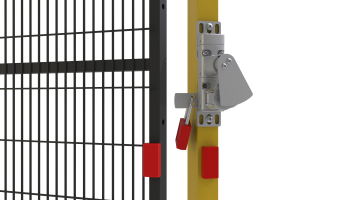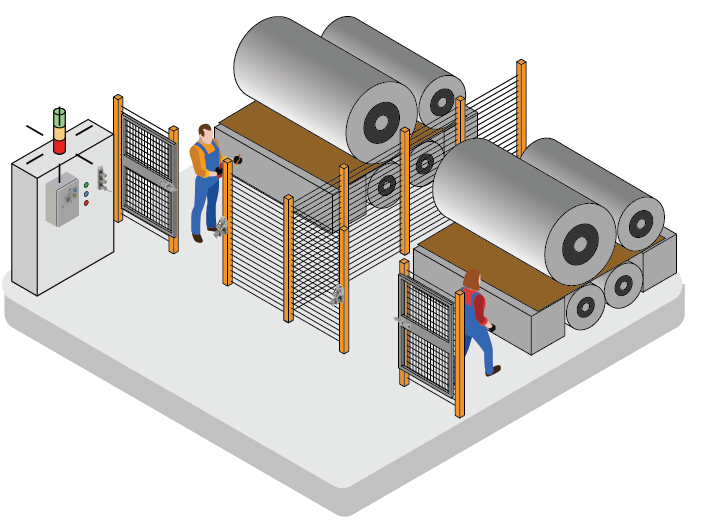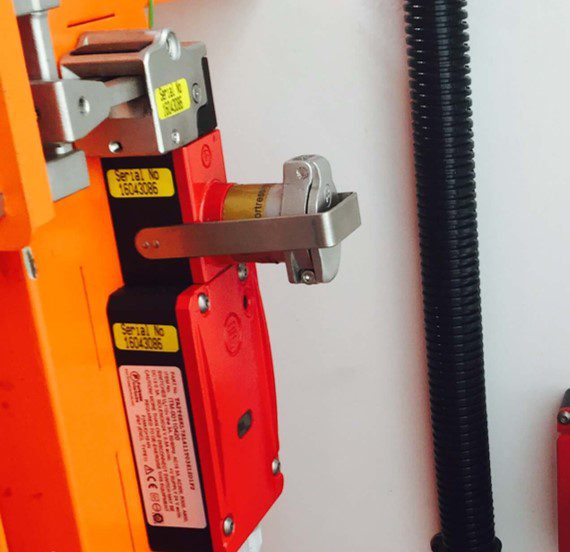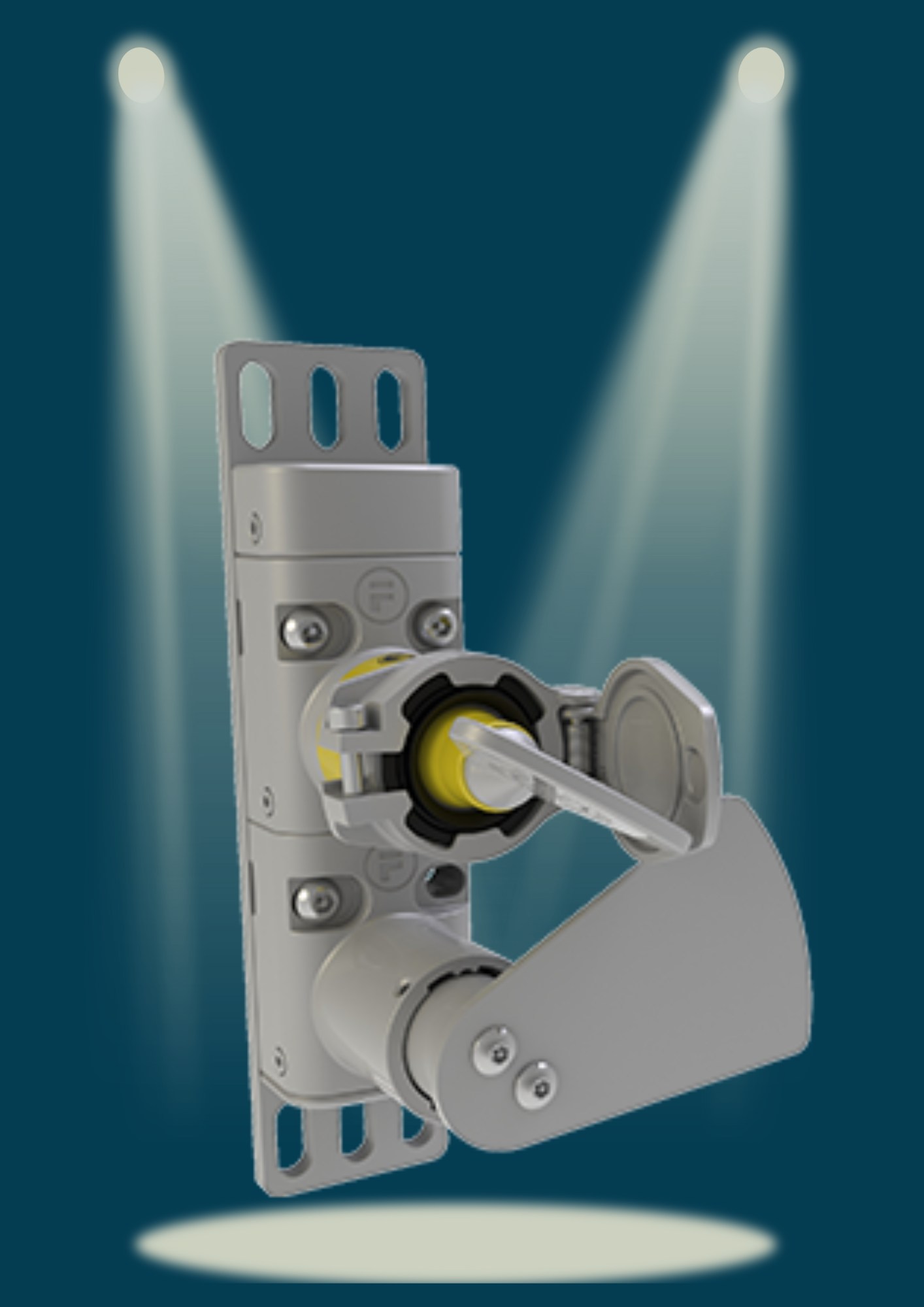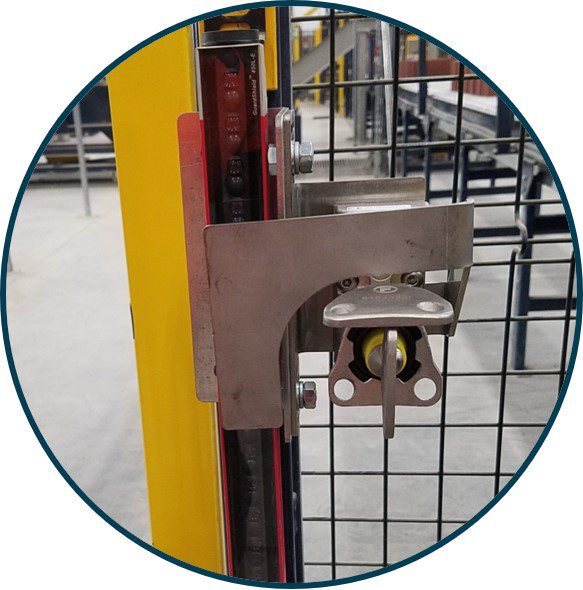Introduction to Interlock Blocking
When there is whole body access – a situation where a person can be completely inside a safeguarded space – it is crucial to make sure that a machine cannot be reset whilst personnel are within the safeguarded space. This could be addressed by:
✅ Giving a clear and unobstructed view of the safeguarded space from the reset device
This is not always practicable since the visibility in many industrial environments can be poor or distorted, due to the presence of obstacles or the conditions in which machinery operate (i.e., low level lighting, mist, dust)
✅ Using presence sensing devices to continuously detect operators in the safeguarded space
This could be a viable option for small and simple areas. However, guaranteeing the detection of personnel in large spaces with blind spots, and obstacles, can be challenging as well as costly and impractical
✅ Providing other measures
These may include engineering controls and administrative controls such as lockout/tagout procedures. One example of an engineering control is a proactive inhibit functions such as interlock blocking which secures an interlock in the open position
How Interlock Blocking Can Prevent Unexpected Start-Up
In general, proactive inhibit functions give control over unexpected start-up to an individual entering a safeguarded space. While personnel are inside, the machine cannot be reset or restarted.
Interlock blocking is an example of proactive inhibit function that consists of securing the interlock in the open position, preventing the interlock from being closed and unexpected start-up from occurring. A way to achieve this is through the application of a personal padlock onto the interlock or its actuator.
Each person entering the space can attach a personal padlock, preventing the closure of the interlock. The interlock cannot be reset until all the padlocks have been removed and the guard has been closed.
Warning: Interlock blocking is not lockout/tagout (LOTO). The application of a padlock to an interlock device is not to be confused with the procedure used for the control of hazardous energy known as LOTO.
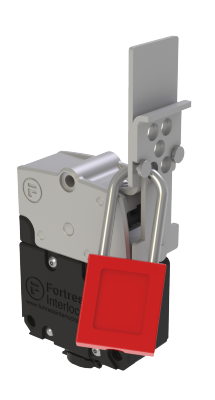
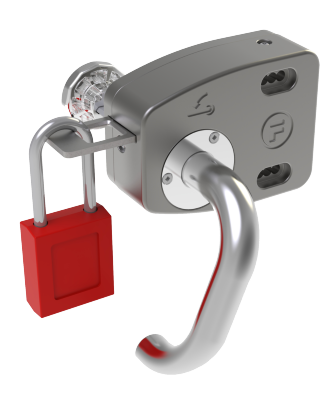
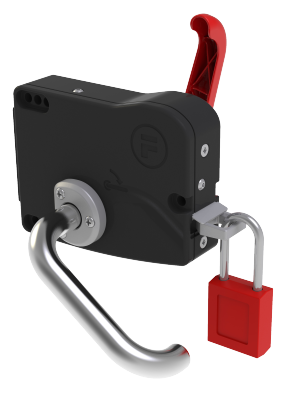
Supplementary Solutions for Interlock Blocking
There are other mechanical ways to achieve interlock blocking. For situations where an existing interlock is not already equipped with a proactive inhibit function, Fortress has a range of interlock blocking devices designed to protect operators from being trapped inside a safeguarded space and to prevent unexpected start-up.
For hinged guards, the interlock blocking devices are equipped with a personnel key and a guard blocking plate. When the key is present, the plate prevents the opening of the guard. Rotating and removing the key performs two functions: the guard blocking plate is rotated to then allow the door to open; and an interlock blocking plate is driven by the rotation, preventing the guard and interlock from closing. Additional personnel entering the area can apply a padlock to the blocking plate.
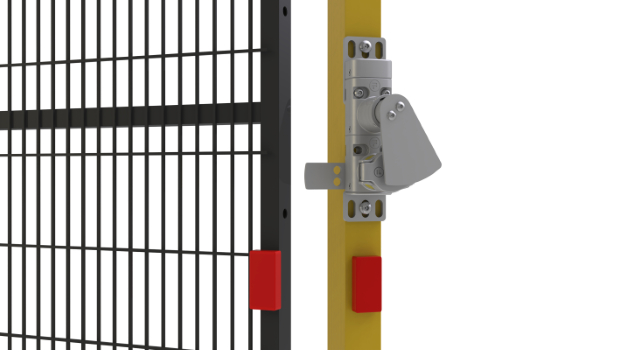

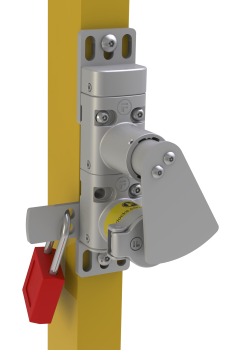
These devices can be easily added to an existing system, regardless of the interlock type, without the need for wiring or programming, and can also be applied on sliding guards. Blocking devices are also available for light curtains.
To find out more about blocking devices check out the Osbourn product page.
Related Pages
